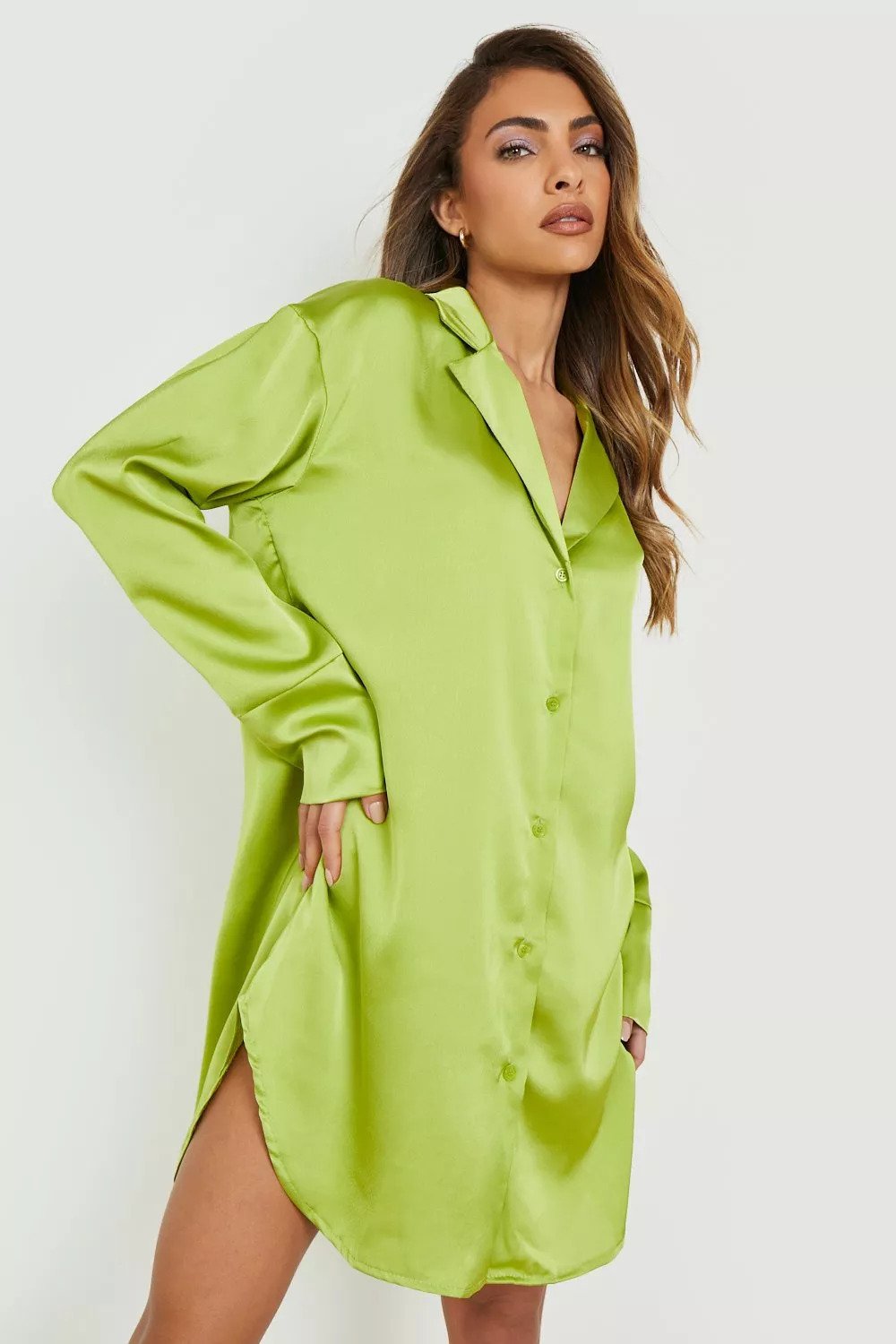Fashion is not only a way of expressing one’s personal style and preferences, but also a reflection of the social and cultural changes that are happening in the world.
In this article, we will explore how the latest fashion trends in 2023 showcase the impact of COVID-19, gender fluidity, and sustainability on UK society.
COVID-19 and Fashion
The COVID-19 pandemic has changed the way we live, work, and dress. With lockdowns, social distancing, and remote working, many people have opted for more comfortable and practical clothing that suits their new lifestyle. However, this does not mean that fashion has become boring or irrelevant. On the contrary, fashion has become a way of coping with the uncertainty and stress of the pandemic, as well as a way of expressing one’s identity and creativity.
One of the most noticeable trends in 2023 is the mask. Masks have become an essential accessory that protects us from the virus but also allows us to show our personality and mood. From plain colours to patterns, slogans, and logos, masks have become a fashion statement that can complement or contrast with our outfits. Some designers have even created masks that match their clothing collections, such as Burberry’s plaid masks or Gucci’s floral masks.

Another trend that emerged from the pandemic is the oversized clothing. Oversized clothing is comfortable, cosy, and versatile. It can be worn at home, at work, or outside. It can also be layered, mixed, and matched to create different looks. Oversized clothing can also convey a sense of confidence and power, as well as a sense of rebellion against the conventional norms of beauty and fit. Some examples of oversized clothing are oversized blazers, oversized sweaters, oversized coats, and oversized trousers.
Gender-Fluidity and Fashion
Gender-fluidity is a term that describes people who do not identify with a fixed gender or who express their gender in different ways at different times. Gender fluidity is also a concept that challenges the traditional binary categories of male and female and embraces the diversity and fluidity of gender identity and expression.
Gender-fluidity has influenced fashion in many ways. One of the most prominent trends in 2023 is the gender-neutral clothing. Gender-neutral clothing is clothing that does not conform to the stereotypes or expectations of a specific gender. It can be worn by anyone regardless of their gender identity or expression. Gender-neutral clothing can also be seen as a way of promoting equality, inclusion, and freedom in fashion. Some examples of gender-neutral clothing are gender-neutral suits, gender-neutral dresses, gender-neutral shirts, and gender-neutral shoes.
Another trend that reflects gender-fluidity is the cross-dressing clothing. Cross-dressing clothing is clothing that is traditionally associated with the opposite gender or that mixes elements from both genders. Cross-dressing clothing can be seen as a way of exploring one’s identity and expression, as well as a way of challenging the norms and stereotypes of gender in fashion. Some examples of cross-dressing clothing are men wearing skirts, women wearing ties, men wearing heels, and women wearing suits.
Sustainability and Fashion
Sustainability is a term that refers to the ability to meet the needs of the present without compromising the ability of future generations to meet their own needs. Sustainability is also a concept that encompasses environmental, social, and economic aspects of development.
Sustainability has become a major concern and priority in fashion, as fashion is one of the most polluting and wasteful industries in the world. According to a report by McKinsey & Company, fashion accounts for 10% of global carbon emissions, 20% of global wastewater, and 85% of textiles end up in landfills or incinerators.
To address these issues, many fashion brands and consumers have adopted more sustainable practices and choices in fashion. One of the most popular trends in 2023 is the recycled clothing. Recycled clothing is clothing that is made from recycled materials or that uses recycled fabrics from old or unwanted clothes. Recycled clothing can reduce the environmental impact of fashion by saving resources, energy, water, and waste. Recycled clothing can also create unique and innovative designs that showcase creativity and originality. Some examples of recycled clothing are recycled denim jackets, recycled plastic dresses, recycled wool sweaters, and recycled cotton shirts.
Another trend that supports sustainability is ethical clothing. Ethical clothing is clothing that is made with respect for human rights, animal welfare, and environmental protection. Ethical clothing can ensure fair wages, safe working conditions, no child labour, no animal cruelty, and no harmful chemicals in the production process. Ethical clothing can also raise awareness and inspire action for social and environmental causes in fashion. Some examples of ethical clothing are ethical silk dresses, ethical leather jackets, ethical cotton trousers, and ethical wool coats.
Fashion is a powerful and dynamic form of expression that can reflect the changing society in the UK. The latest fashion trends in 2023 showcase how COVID-19, gender fluidity, and sustainability have influenced the way we dress and the way we think about fashion. Fashion can also be a way of creating positive change and impact in the world, by promoting health, diversity, equality, and responsibility. Fashion is not only about what we wear but also about who we are and what we stand for.
